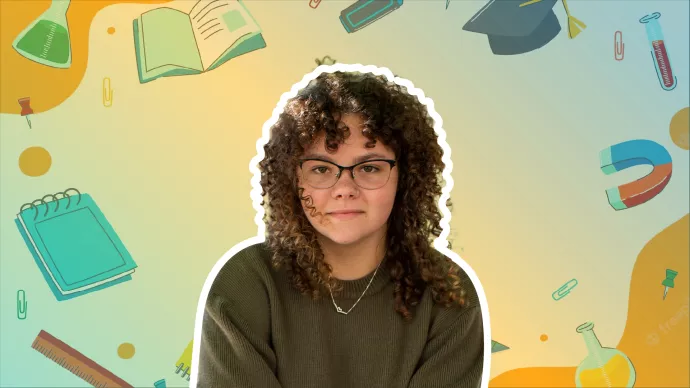How To Choose Your Program - a POSt Breakdown

Also known as a Program of Study, POSt refers to the academic programs available to students at the end of their first year. You will apply and be accepted under one of twelve admissions categories that will inform the kinds of courses you take before making your pick. With over 180 programs to choose from, there are nearly-unlimited options for students to explore throughout their undergraduate career.
Before actually applying for your program (in second year), you’ll need to pick which pathway and combination you want to follow. UTM offers specialists, majors, and minors that can be completed in three combinations:
- 1 Specialist; or
- 2 Majors (often called a Double Major); or
- 1 Major & 2 Minors
These combinations provide a lot of wiggle room to either focus on one area exclusively or explore multiple topics you find interesting. There is no virtually no difference between except the amount of credits required to fulfill them. Specialists have more credit requirements and thus take up more of your schedule. Majors have less credit requirements and can be done in pairs. And then Minors have even less so that you have to combine with others.
Program admission requirements will take up the bulk of your first year, as they lay the foundation for the upper-level courses and content. The best resource for this are the program plans, which map out year by year what courses you need to take for your degree. They are super helpful, especially if you are not sure where you want to go or what other programs you might be interested in. I always recommend prospective students take a look at them online because it can give you a better idea of what courses you can take, and it will be useful for filling out your timetable.
The actual program application process is quite simple and is all done on the same site you choose your courses on: ACORN.
Sidebar: Distribution Requirements
Not only will you have degree requirements – specific credits which count towards your program – but also distribution requirements. They are relatively easy to complete and they can fulfill degree and distribution requirements simultaneously. Distribution requirements require of 1.0 credit in Science, 1.0 credit in Social Science, and 1.0 credit in Humanities. These don’t impact choosing your program, but they are good to keep in mind as you move through your studies!
It may seem intimidating at first, but rest assured there are a lot of resources available to students when it comes to choosing programs, pursuing careers, and keeping up with your degree. Academic Advisors, the Career Centre, and the Office of the Registrar are all here to ensure student success in and out of the classroom!
Resources
- Types of programs (Specialist/Major/Minor, type applications)
- Fulfilling distribution and degree requirements (keeping track, year-by-year planning)
- Resources for program requirements (program plans, academic calendar, degree explorer)
- Resources for changing or choosing programs on campus (Academic Advisors, Career Centre, Office of the Registrar)
- Additional resources for students
- U of T Mississauga Viewbook: https://uoft.me/utmviewbook



